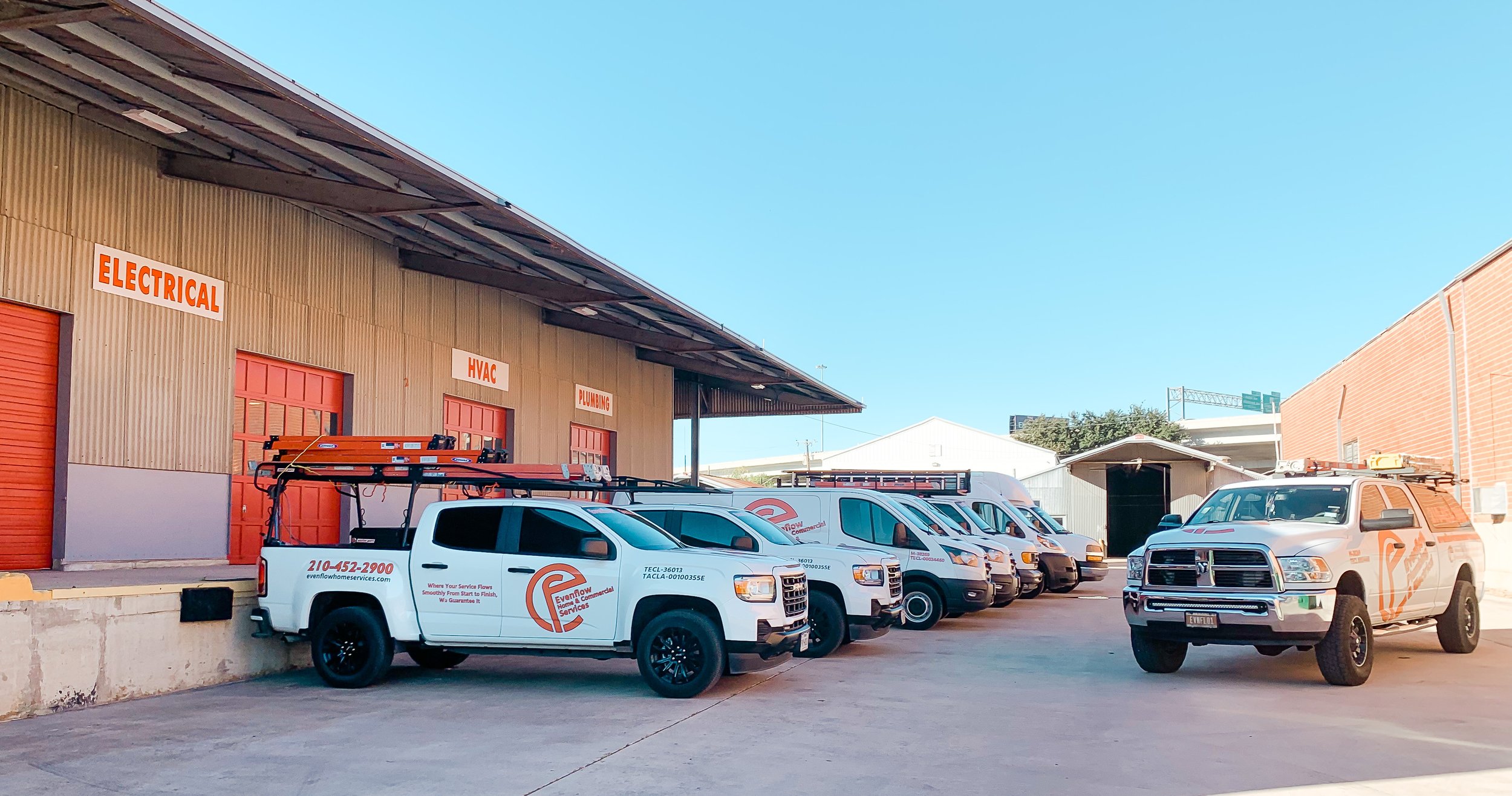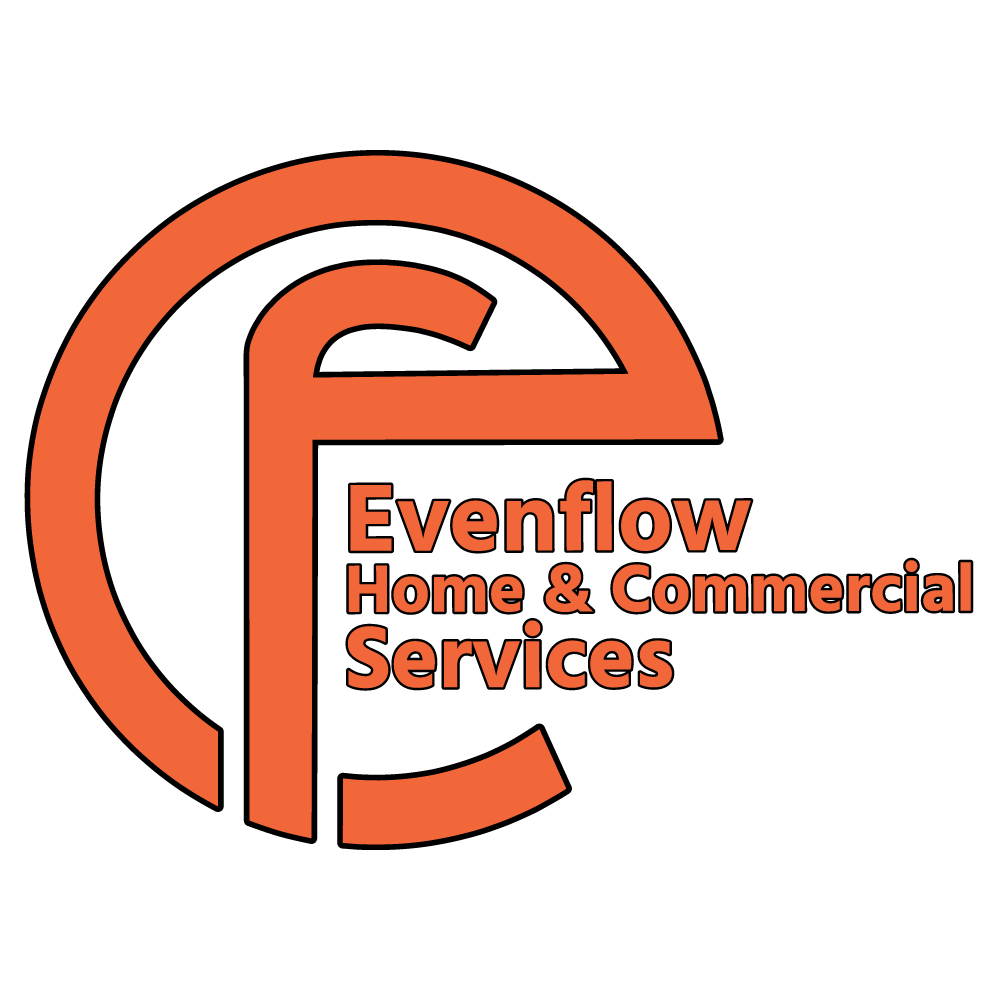
Attic Insulation in San Antonio, Schertz, Converse, Floresville, Elmendorf, New Braunfels, and Surrounding Cities
Homeowners considering installing a new HVAC system may wonder whether they should invest in upgrading the insulation first. Before purchasing a new HVAC unit, it’s necessary to ensure the home is appropriately air-sealed and insulated.
But how exactly does insulation benefit HVAC systems?
Unless the home has adequate air sealing and insulation, an HVAC technician can’t determine the size of the replacement unit. Therefore, before installing a new unit, an expert should conduct a thermal image analysis and run a blower door test. Insulation and air sealing ensure accurate results and homeowners can choose the most energy-efficient system that guarantees unmatched indoor comfort.
Furthermore, insulation bolsters the home’s capacity to retain hot air during colder months or to prevent heat from overwhelming the living areas during the summer. Thus, the cooling and heating systems don’t have to work as hard to regulate indoor temperatures. In well-insulated homes with properly sized units, the HVAC system runs fewer cycles, requires fewer repairs, and lowers utility bills.
Experts recommend that homeowners choose insulation with high thermal resistance (R-value). It helps remove cold and hot spots from a home and has sound-dampening properties.
Depending on which home area requires insulation, different types are available. For attics and existing walls, insulation experts usually use blown-in insulation. Our insulation is made from fiberglass and is ideal for remote areas where other materials are unsuitable.
REVIEWS
Evenflow Home & Commercial Services – San Antonio Attic Insulation Experts
We use Owens Corning, AttiCat Machine, and Pink Panther Products.
When working on ducts, we often recommend new or additional insulation to keep a house comfortable more efficiently.
Insulation works for both summer and winter seasons.
We can add insulation to what is already in place to replenish the R-value in the home.
Homes over 20 years old should be inspected for insulation levels. Even new units can’t perform appropriately without sufficient insulation as the cool air may escape.
Insulation inspection is part of our HVAC maintenance package.
With any same-day insulation service, maintenance is $150 or less.
Blown-In Insulation
Those living in older homes often need help to improve their insulation. The solution could be blown-in insulation. As the name suggests, a specialist uses a hose to blow small strips of material into attics and walls.
This insulation helps fill in gaps between ceiling joists and wall studs. While modern homes have batt insulation, this solution isn’t always feasible in existing homes. The process requires tearing down drywall, which is expensive and time-consuming.
Blown-in insulation, however, is relatively hassle-free, and as the insulation settles, it seals gaps and holes that would otherwise allow cold outdoor air to enter the home. In addition to acting as an insulating layer, blown-in insulation minimizes noise transfer between the living areas and the outdoors.
Blown-in fiberglass insulation: Loose-fill fiberglass insulation provides an average thermal value of R-2.5 per inch.
While insulating the attic is a relatively undemanding task, insulating walls is more complicated. The process involves drilling into areas that might be riddled with pipes and electrical wiring. It’s best to contact a professional who will follow the latest industry practices and evenly distribute the insulation material. With professional installation, blown-in insulation will retain most of its thermal value for decades.
The Difference Between Blown-In Insulation and Spray Foam
Is spray foam or blown-in insulation a better choice? To answer this question, homeowners must consider their properties’ needs and the lifespan and thermal value of both types of insulation.
Thermal or R-value measures an insulation system’s capability to prevent air leakages and heat flow. A higher R-value guarantees lower utility bills. Therefore, an HVAC unit will operate at its most efficient when paired with an insulation system with the highest possible R-value.
Depending on whether the homeowner has chosen fiberglass, steel wood, or cellulose, blown-in insulation has an R-value between 2.3 and 4.3 per inch. However, spray foam boasts a higher thermal value, ranging from 3.7 to 6.7 per inch.
Few insulating solutions are as long-lasting as spray foam. When installed by an insulation expert, it can last for nearly a century, requiring virtually no maintenance. That’s not the case with loose-fill fiberglass and cellulose. These materials may settle or sag after approximately 15 years. But homeowners who work with a reputable service provider can enjoy the perks of blown-in insulation for 25 to 50 years.
While blown-in insulation can lower a household’s energy usage by 25%, spray foam solutions can reduce energy bills by as much as 40%. The spray foam expands quickly, and covers cracks and gaps in the walls. Ultimately, it’s an effective barrier that prevents the outdoor air from coming indoors.
When deciding between spray foam and blown-in insulation, homeowners should consider the installation costs. Although not the most expensive option on the market, spray foam is significantly costlier than blown-in insulation. Keep in mind that labor and material fees can also affect the total cost of the insulation project.

Cities We Serve
San Antonio, Lakehills, Vernia, Mico, Castroville, Stockdale, New Braunfels, D'Hanis, Marion, Floresville, Bulverde, Shavano Park, Leon Valley, Castle Hills, Schertz, Selma, Boerne, Fair Oaks Ranch, Live Oak, Adkins, Lytle, Saint Hedwig, Terrell Hills, Converse, Elmendor, Pipe Creek, Rio Medina, Natalia, Devine, Atascosa, Somerset, Von Ormy, Macdona, Poteet, Leming, Sandy Oaks, Saspamco, Helotes, St Hedwig, Sutherland Springs, La Vernia, New Berlin, McQueeney, Timberwood Park, Garden Ridge, Bracken, Balcones Heights, Santa Clara, Hollywood Park, Alamo Heights, Kirby and Surrounding Areas
San Antonio Neighborhoods We Serve
Government Hill, Southtown, Lavaca, Monte Vista, Five Points, North San Antonio Hills, Eastside Promise Neighborhood, Tobin Hill, Mahncke Park, Oak Hills, Midtown, East Side, Woodlawn Lake, Alta Vista, Dominion, Uptown, Northern Hills, Hills and Dales, Dignowity Hill, Villa De San Antonio, Valencia, Northern Heights, Central Los Angeles Heights, The Heights at Stone Oak, Spring Creek, North Central Thousand Oaks, Denver Heights, King William, Lackland Terrace, Santa Fe Trails, Valley High North, Avenida Guadalupe, Vista Del Norte, Eden, Inner West Side, Memorial Heights, Gardendale, Inspiration Hills, Northhampton, Los Jardines, Highland Park, Edgewood, Northchase, Ridgehaven, Woodlake, Dellview, North Castle Hills, Oakland Estates, Elm Creek, Village at Big Country, McCreless Meadows, Rainbow Hills, Harvard Palace / Eastlawn, Hunters Mill, Towne Lake, Park Forest, Shearer Hill / Ridgeview, Greater Gardendale, Cable Westwood, Thelka, Loma Park, Skyline Park, Westwood Village, Highland Forest, Redland Woods, Pecan Valley Heights, Oak Haven Heights, Sonoma Ranch, Randolph Hills, Deerfield, Timber Ridge, Mountain View Acres, French Creek, Whisper Hollow, Redland Springs, Knoolcreek, Encino Ranch, Bluffview at Camino Real, Blanco Woods, Encino Park, River Rock Ranch, Misty Oaks, Coolcrest, Eastwood Village, Lorrence Creek, Shavano Gardens, Sunshine Estates, Far West Side, El Chaparral Fertile Valley, Greater Harmony Hills, East Pyron, Brady Gardens, Chrchill Forest, Fairways of Woodlake, Green Spring Valley, Emerald Forest, Oak Meadows, Cavalo Creek Estates, Greystone County Estates, Canyon Creek Village, Valley Forge, Oakmont Downs, Jake Oaks, Trophy Ridge, Pipers Meadow, Dreamhill Estates, Crownhill Park, Woodlawn Hills, Woodland Heights, Thunderbird Hills, Palm Heights
